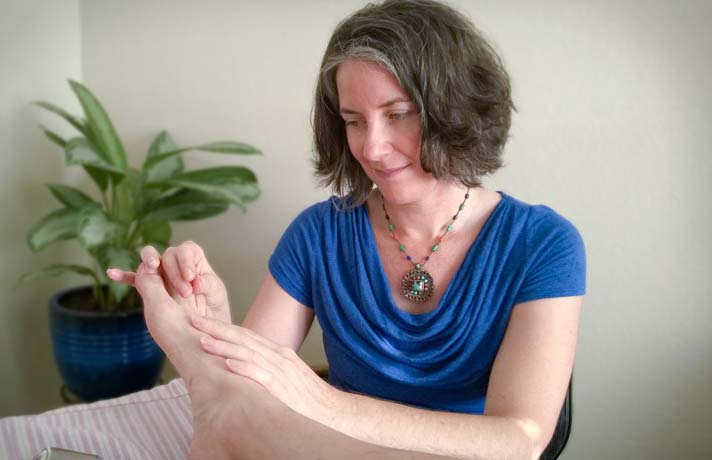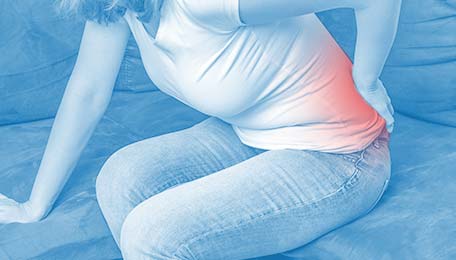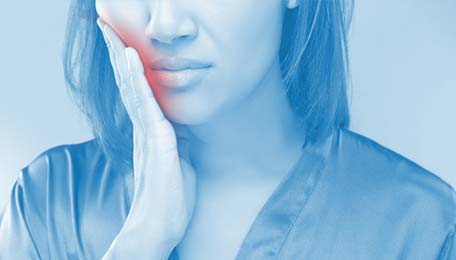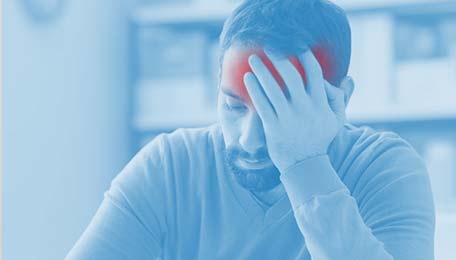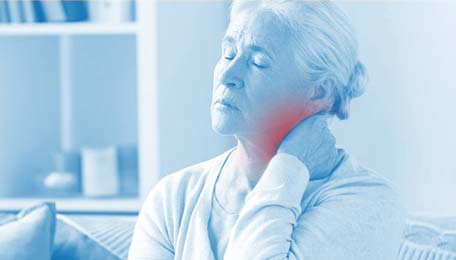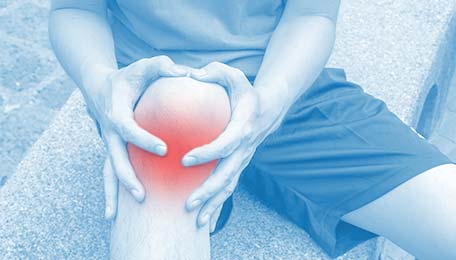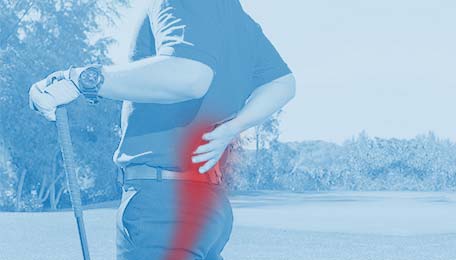
Acupuncture for Pain Relief
See your way to
Pain Relief Without Pills
Pain is the hitchhiker in life nobody wants to pick up.
But all too often, pain ends up becoming a constant visitor you just can’t shake.
Just living life can put you on a path to pain, especially if it includes:
- Lack of exercise
- Jobs that involve repetitive motion
- Bad posture
- Carrying excess weight
- Recreational sports injuries
- Sedentary lifestyles
- Lingering effects from falls or accidents
Unfortunately, the most common ways of managing pain are either restrictive, invasive, or involve drugs. In most cases, pharmaceuticals and surgeries are the go-to solutions. And if a person already has a weak baseline of health, quality of life can actually plummet, making the “cure” more destructive than the disease. Opioid addiction and increased immobility—and the attending depression and isolation that come with both—are no conditions to live in.
Because it utilizes a whole-body methodology, acupuncture for pain relief can be a more effective treatment than drugs or localized surgeries. Acupuncture balances the crucial interplay between the muscles, nerves, bones, and bloodstream. If you live in the Scottsdale area and suffer from pain, Visionary Acupuncture is your beacon of light in the dark world of pain.
There are only benefits
when using acupuncture for pain relief
Acupuncture is an exceptionally successful treatment for pain, whether that pain is chronic or acute. Even if the current baseline of your health is weak, your pain will experience relief without endangerment to any other aspect of your body. There are no negative side effects. And the results from acupuncture are strongly supported (and even improved) by the dietary counseling and herbal supplementation that are the natural and harmonizing components of treatment.
Visionary Acupuncture provides acupuncture for pain relief with non-invasive and drug-free treatments for the most common types of pain.
Back Pain
Because the back is where we subconsciously “tuck away” a wide variety of emotional issues involving stress and survival, every gender and age group is vulnerable to back issues. But some group-specific ailments can include:
Women who have worn high heels for decades are particularly susceptible to back pain. Additionally, the process of childbirth—followed by years of carrying children when they no longer wish to walk—can have a debilitating effect on spinal health and alignment.
Men generally tend to avoid sufficient follow-up care after an injury. A car accident or sports injury can present back pain symptoms decades later due to inadequately treated damage to the lumbar and sacral areas.
Seniors find the most common reasons for back pain are osteoarthritis (degenerative wear and tear of the spine and joints), and spinal stenosis (narrowing of the spinal canal which pinches the spinal cord and surrounding nerves). Pain from these conditions is often further aggravated by excess weight, smoking, poor eating habits, and a lifetime of bad posture.
Temporomandibular joint pain (TMJ)
This jaw pain is often the result of the stress of teeth and jaws shifting position over the years. It can also be caused by the clenching and grinding of teeth at night, or be a side effect from an accident or head trauma.
Migraine Headaches
Although the good news here is that migraines often decrease with age, the bad news is if you’re a chronic migraine sufferer, you’re likely to have been on medication for a lifetime. Migraine medications can cause an increase in blood pressure, resulting in hypertension.
Chronic Pain
Overtreatment and under-treatment are both typical in patients with chronic pain. Some people don’t want to be seen as complainers and do not accurately report their pain. On the other end of the spectrum are those who have sought relief in drugs, and become addicted to their opioid pain medications, leading to shame and isolation. The elderly are at a higher risk of developing chronic pain just from the cumulative wear and tear of their bones and joints over the years.
Knee and joint pain
Like back pain, knee and joint pain can be caused by osteoarthritis, but rheumatoid arthritis, which is a systemic autoimmune disorder, can also be the culprit. The inflammation and stiffness that come from both diseases often set off a vicious circle of inactivity, which increases the pain, resulting in less activity, leading to greater pain.
Sciatica
The burning sensation of sciatica that runs along the back and frequently down one or both legs is a result of the irritation and inflammation of the sciatic nerve in the back. Sciatica occurs due to the degeneration of the nerves and muscles. Overweight people are at greater risk, and diabetes can contribute to nerve damage, resulting in greater sciatic pain.
